Research Manager - PIBBSS Fellowship 2025
Role Overview
We’re seeking a Research Manager to co-own the planning, execution, and evaluation of our 2025 Fellowship program. The Fellowship brings together researchers from diverse academic backgrounds to work on high-impact AI safety research projects with an AI Safety mentor already established in the field. While each fellow works with a dedicated project mentor, the research manager will ensure fellows have a productive and useful experience by unblocking them in critical moments and helping to guide their professional development.
Ideal Time Commitment & Structure
- Part-time (0.5 FTE): April-May 2025 (pre-Fellowship preparation)
- Full-time: June-August 2025 (Fellowship execution)
- Part-time (0.5 FTE): September 2025 (wrap-up and evaluation)
- Total: 4.5 months FTE equivalent
We are hiring two part time managers, one as above, and one for fewer hours to top-up our capacity. If you cannot commit to as many hours as above, we still encourage you to apply.
Location
- Fellowship Period (June-August): Berkeley or San Francisco (TBD)
- Preparation & Wrap-up: Remote
Primary Responsibilities
- Design and revise fellowship curriculum and materials
- Plan and execute opening and closing retreats
- Facilitate weekly research salons and community-building activities
- Conduct regular check-ins with fellows and mentors
- Coordinate with external speakers and partner organizations
- Evaluate program effectiveness and write comprehensive reports
- Support fellows in preparing and showcasing their research
Detailed responsibilities split by fellowship stage is available at this link. This is the second year we are hiring a research director, materials to help you into the role will be provided during the onboarding.
Qualifications
- Mandatory:
- Experience managing research programs or researchers
- Strong communication or facilitation skills
- Broad understanding of the AI risk landscape
- A proactive spirit and proven ability to independently follow-through on complex plans
- Proven ability to work effectively with researchers from diverse disciplines, and an interest in doing more of this (our fellows work across interpretability, philosophy, law, biology, and many more).
- Project management experience
- Event planning experience
- Preferred:
- Interdisciplinary research experience ,
- Familiarity with the PIBBSS bet
- 5+ years of research experience
- Previous AI safety research experience
We understand that people come from different disciplines with varied backgrounds, and encourage you to apply if you think you would be a good fit, even if your CV does not check every box.
Compensation & Benefits
- Salary: $27,000-$36,000 USD (pre-tax, for full participation as above) based on experience
- Accommodation: $1,000 per month during the Fellowship period (June-August)
- Meals: One or two meals provided daily during the Fellowship
- Travel: Fellowship-related travel costs (plane, train, bus tickets) will be provided
Reporting Structure
You will report directly to Dušan D. Nešić (PIBBSS Executive Team, Operations) and will be supported by Lucas Teixeira (PIBBSS Executive Team, Research)
Application Process
To apply, please fill in this form by March 30th EoD AoE.
Questions?
For questions about this role, please contact Dušan D. Nešić at dusan@pibbss.ai.

